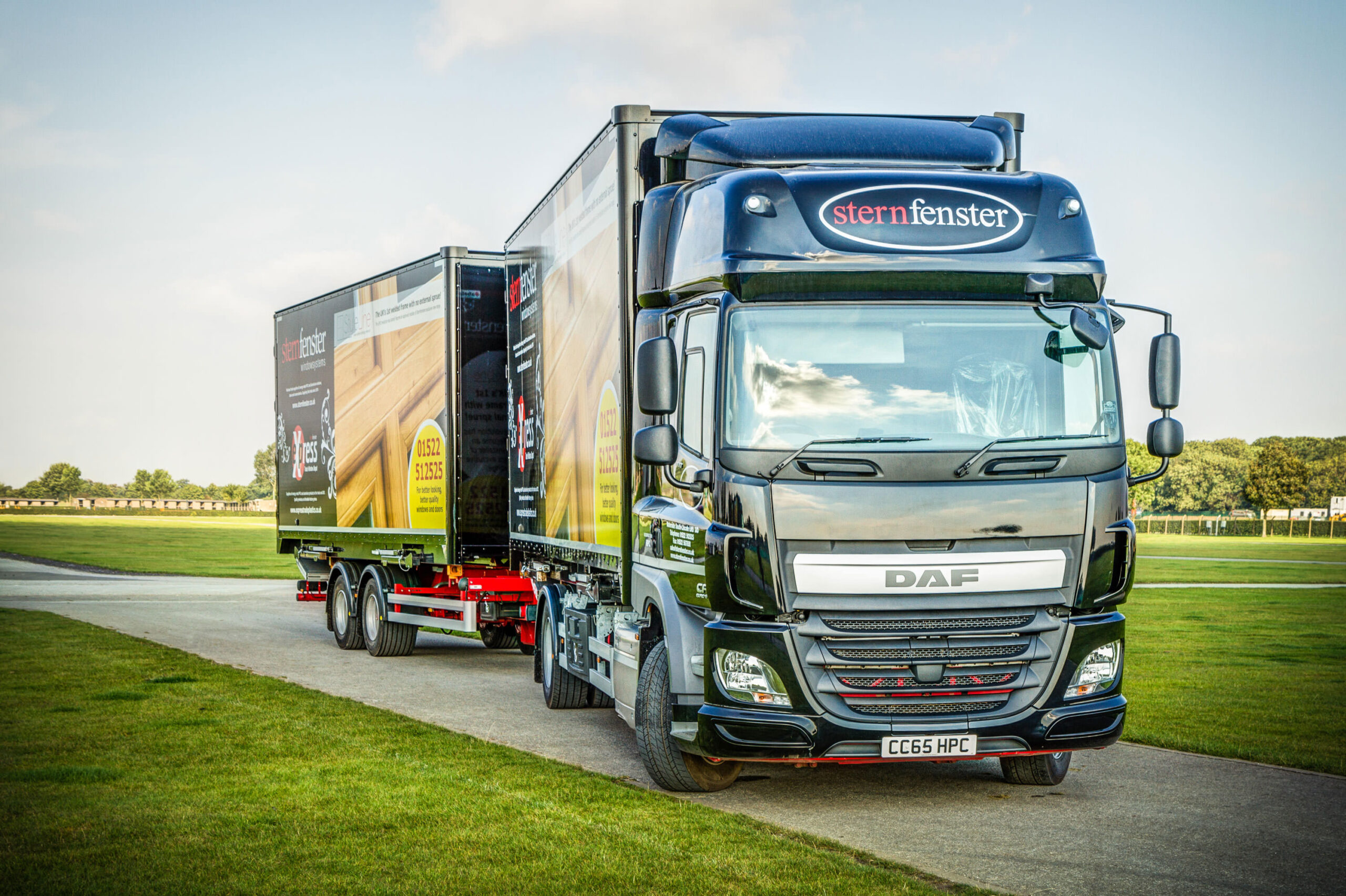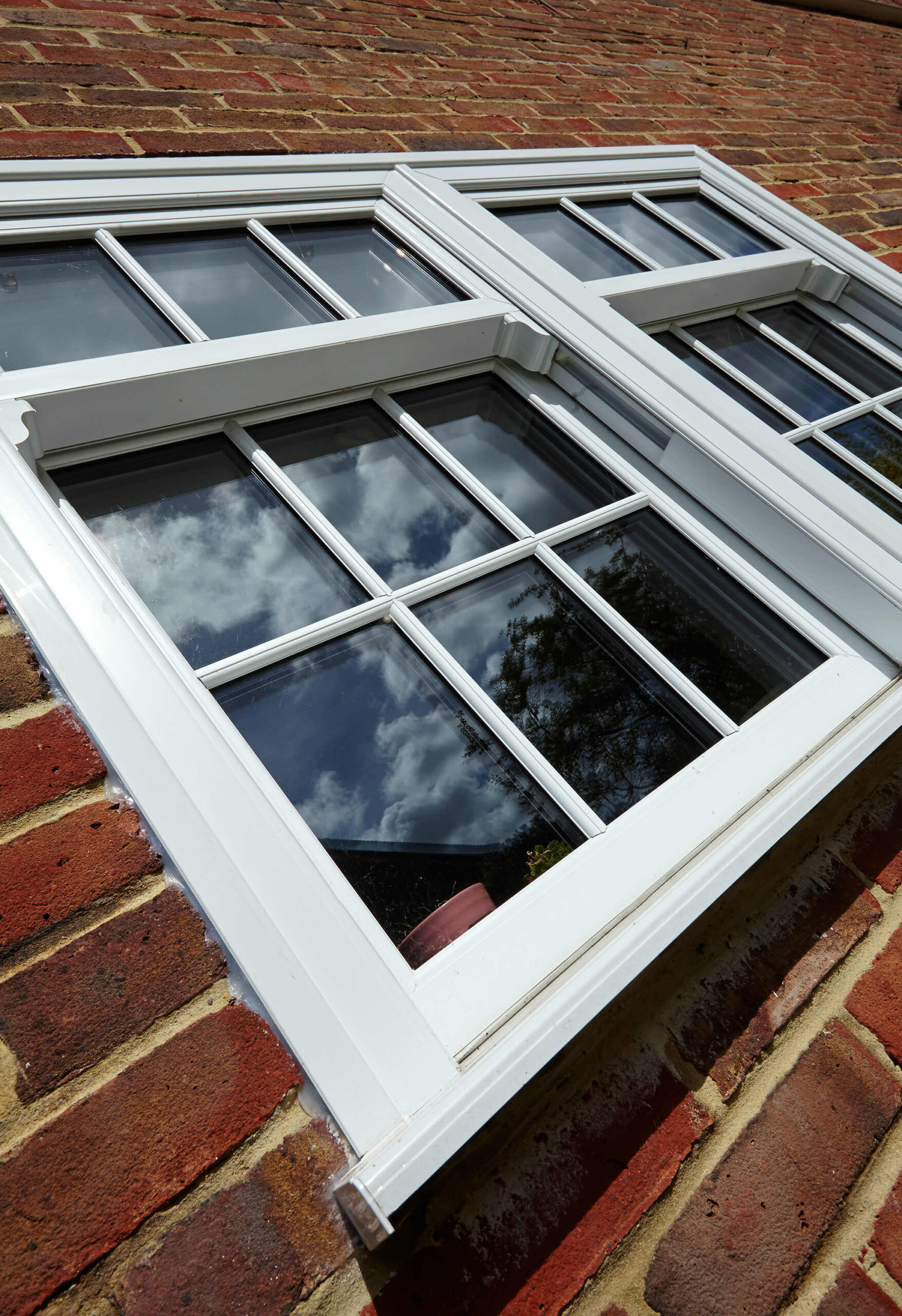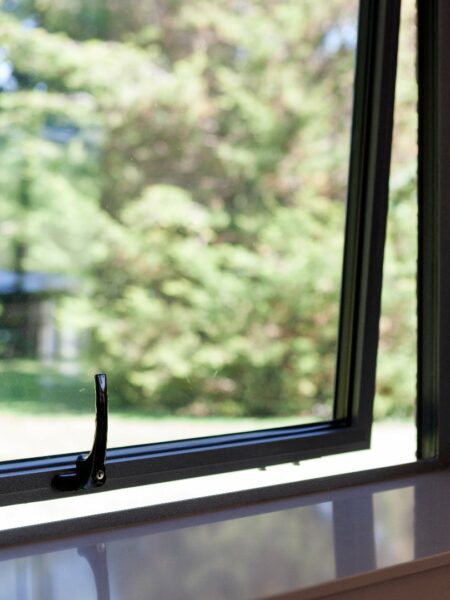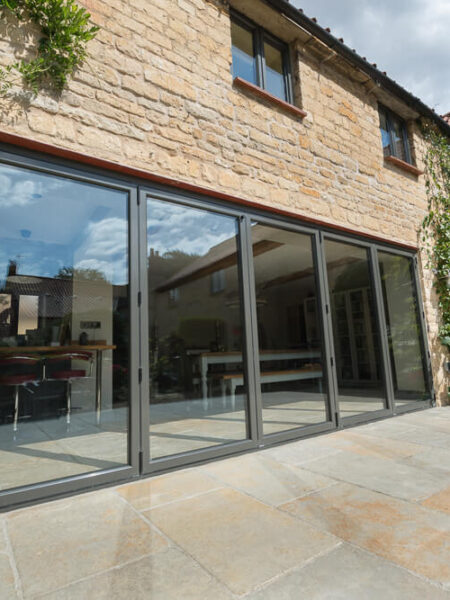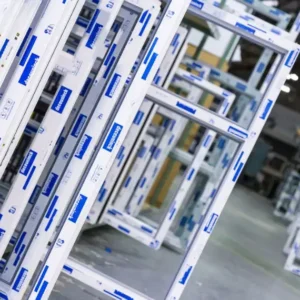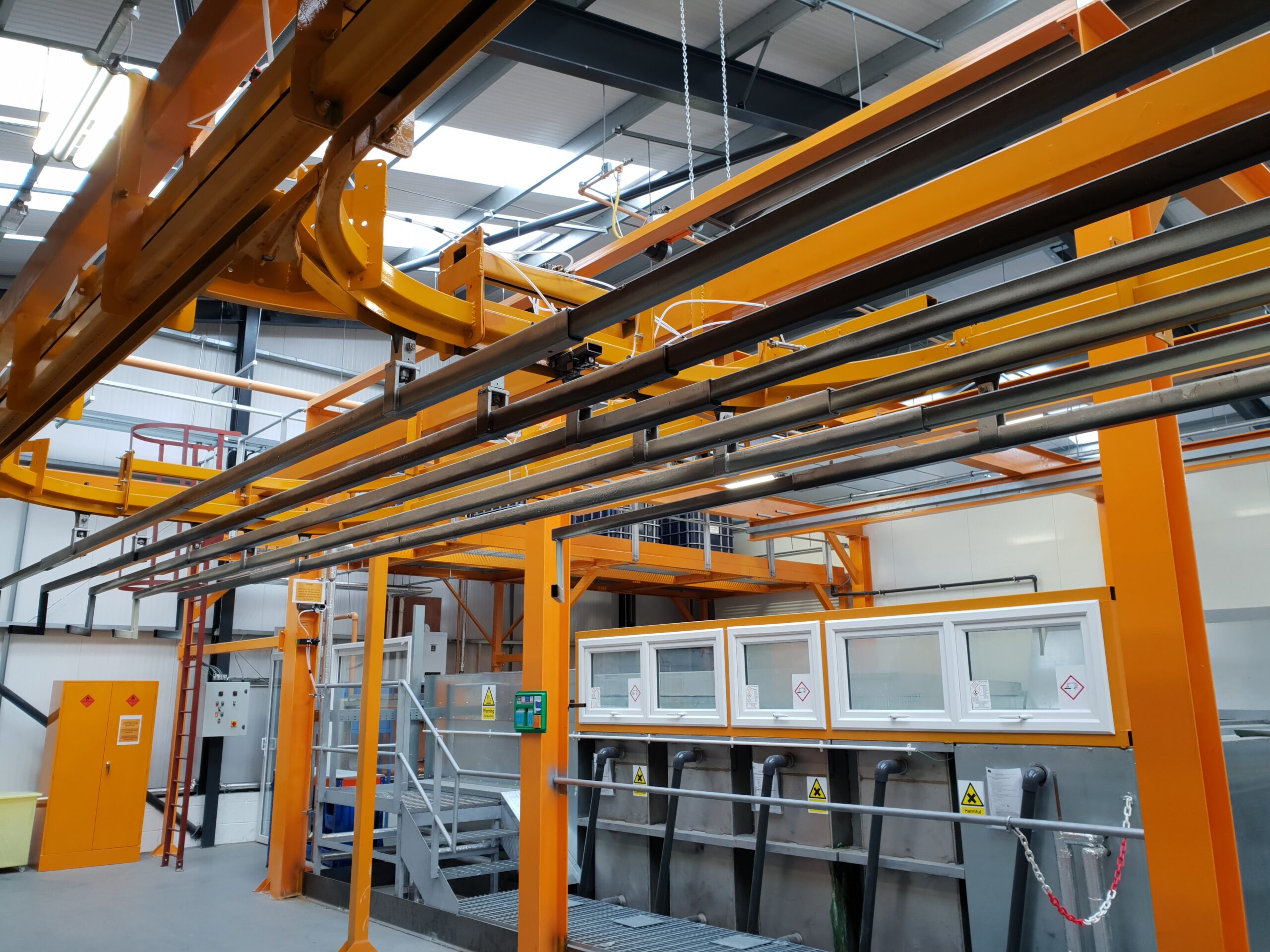
Rational Thinking In Aluminium

With an increasing number of aluminium systems available we ask is the proposition becoming too complicated for the end-user?
The growth seen in sales of aluminium bi-folding and inline sliding doors pre-lockdown was exponential.
The Window, Door and Conservatory Markets in Housing in Great Britain, by Palmer, pre-COVID19 was tracking rapid growth in aluminium, with strong consumer demand for ‘fold and slide’ doors leading to a wider ‘pull-through’ of products including aluminium windows, entrance and inline sliding doors.
This includes growth at the last count 26% in volume terms and installed value by 28%, pointing to growth in not only residential demand for aluminium products but commercial and new build sectors.
“Aluminium has been one of the biggest drivers of industry growth”, says Mike Parczuk, the Managing Director here at Sternfenster. “That’s why we’ve seen a lot of new market entrants at systems level and in fabrication.
“I fully expect that growth to continue in the longer term as we come back from COVID-19 and its impact on the economy.
“What I do think needs to change is the complexity of aluminium supply – and that’s what we’ve tried to do.”
Aluminium is a big part of our offer with bi-folding and inline sliding doors, plus commercial and curtain walling from Smart Systems, making up a key element of a wider product range that includes PVC-U systems from Deceuninck and Spectus.
It has also invested ‘big’. This includes a £3.6m investment in a dedicated aluminium manufacturing facility in 2017. With a 30,000 sq ft shop-floor footprint, plus 10,000 sq ft of office space.
It includes a state-of-the-art FOM LMT cutting and machining centre – and, highly unusually – its own powder coating line including bunded stainless steel pre-treatment immersion tanks; overhead twin hoists; gas heated drying oven; and Nordson powder coating application booth with twin cyclone and matching reverse jet after filter.
Combined, plus the investment that we have made in its in-house IGU business, means that it can offer its range of Visoline aluminium bi-folding door, manufactured in the Smart Visofold System, and inline sliding doors fabricated in Smart Visoglide, glazed and in any RAL finish, in 10-days or less.
Mike, however, argues that aluminium window supply is for much of the industry, a more complex (and he argues artificially so), proposition.
Our aluminium window offer was previously built around the Smart Alitherm 600 and Alitherm 800 ranges, but has been redefined to focus on the Smart Alitherm 300 system.
“After we moved into our new aluminium factory in January 2017, our aluminium business grew exponentially. And what we did was to fall into the trap of trying to be ‘all things to all men’”, Mike reflects.
He continues: “With a PVC-U window, there’s a limited number of outer-frames, a limited number of sashes, a limited number of beads; with aluminium, because the costs of coming up with a new dye are so low, systems companies don’t really withdraw anything and so there are literally thousands of variations.
“In our aluminium window business, we were getting customers saying ‘can we have that sash, with that mullion in that outer-frame and that bead’, and we were saying ‘yeah of course you can, no problem’ because we always want to deliver a good service.
“And then before you know where you are you’ve got too much stock, you can’t control it, and so launching the Smarts Alitherm 300 was all about product rationalisation.”
Alitherm 300 from Smart Systems offers a high degree of design flexibility, suitable for residential and light commercial installations with side and top hung options. An extended polyamide thermal break means that it achieves a WER A Rating or U-value as low as 1.5W/m2K.
Maximum sash widths and heights side hung casements are 700mmX1400mm; and 1400mm X 1300mm top-hung.
Mike argues that this rationalised offer has meant that Sternfenster’s proposition to the installer and, their offer in turn, to their own customers, is as a consequence far simpler, something which he says delivers benefits to installers.
“Launching the 300 series was all about rationalisation. Taking complexity out of the supply chain. So, it effectively replaced the Alitherm 600 and Alitherm 800.
“The Alitherm 300 ticked all the boxes for security, for thermal efficiency, and it was a very good mid-window between the 800 and the 600”, Mike says.
Before making the switch to our new offer in early 2020, we polled our customers on their preference. This revealed that installers saw a broad range of options as too complex, confusing the proposition to the end-user.
“It turned out that our customers didn’t really mind what we sold, we were just selling an ‘aluminium window’, and they were just selling ‘an aluminium window’ and the end user didn’t really know what they were getting”, Mike says.
“The more complicated we made it, the more our customers had to remember, the more questions we got asked, when nobody really wanted it.
“And that’s the point, we have a role to lead, and the end-user, as long as we do a decent job in manufacture, in installation, are quite happy to be led.
“With aluminium it’s about the material, we very rarely get asked about SBD, we very get asked about thermal efficiency – for the majority of end users, Mrs Smith, it’s, ‘I want to have aluminium’ and that’s as far as they go.
“If it’s a high-end installation in a self-build or coastal retreat, for Mrs Hubbard-Smith, then it’s may be slightly different, but that’s the minority, not the majority of installations.”

